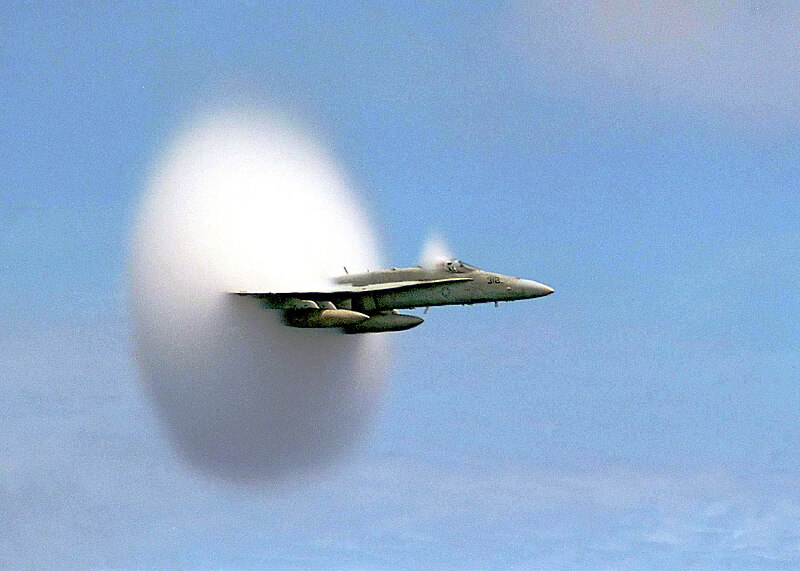I've been meaning to post this up for a while, although I'm not sure if the Space forum is the best place. Anyway, Boeing have set a "new" airspeed record with their X51 Waverider aircraft which managed a speed of Mach 5 for 200 seconds but the X-43A managed Mach 9.8 for about 10 seconds so I'm a little confused as to whether this is a record or not.

I'm sure NASA will claim this is all about finding cheaper ways to get rockets into space but the US military are apparently "very interested" as this would give them a missile just a tad faster than the current Cruise missiles they are using.
The aircraft use SCRAMJET technology which burns atmospheric oxygen rather than having to carry the oxide source like conventional rockets do. London to Sydney in 2 3/4 hours if they ever make a commercial airliner that goes as fast and more fun than a ride at Chessington world of Adventures!
If any of you fancy a souvenir the aircraft ditched into the pacific and neither Boeing nor NASA can be bothered to go and collect it
I'm sure NASA will claim this is all about finding cheaper ways to get rockets into space but the US military are apparently "very interested" as this would give them a missile just a tad faster than the current Cruise missiles they are using.
The aircraft use SCRAMJET technology which burns atmospheric oxygen rather than having to carry the oxide source like conventional rockets do. London to Sydney in 2 3/4 hours if they ever make a commercial airliner that goes as fast and more fun than a ride at Chessington world of Adventures!
If any of you fancy a souvenir the aircraft ditched into the pacific and neither Boeing nor NASA can be bothered to go and collect it





